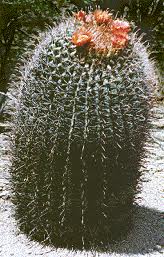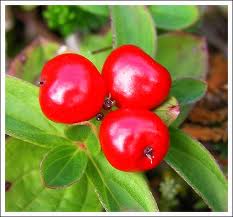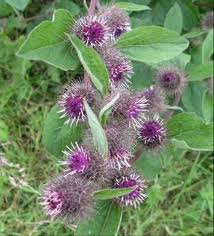Hey NW Tactical family,
Today we will be going over what plants you find in nature that are edible. This will be an ongoing series so keep a look out for more to come. There are many plants and tree’s out there that you would never think are edible but they are, and if you are in a pinch gobble them up and enjoy. I will be going over how to recognize them and what part of the plant is edible and how to prepare them. So let’s get down to business.
- Acorns: Hard, round, capped fruit of the red and white oak tree. Slice the cap off and split the shell. The flesh inside is edible, but make sure to dry it out first. The white acorns have a much better flavor then the red ones. You can either eat the acorns plain or salt them. You can also grind them and use as a coffee substitute.

- Bamboo: Giant, fast-growing grass.The pith is edible, as are the bamboo seeds. First split the bamboo shell the remove the pith with a knife. Cook the pith like you would cook asparagus in boiling water. You can eat the seeds raw. Bamboo is a good source of water, to find it shake the bamboo and listen for a sloshing sound.

- Barrel Cactus: Desert plant with J-Shaped barbs. A cactus is a great source of water. The barrel cactus grows up to four feet tall. You can eat the fruit that grow off them but the taste is bitter and dry. Native American’s used to collect the fruit when there were food droughts. Be extremely careful when approaching a barrel cactus, if you are poked by one of the thorns it can be a very serious wound clean immediately. Wounds from the cactus are consider “dirty wounds”, if it is deep enough to draw blood antibiotics may be needed and could take several months to heal. Another great fact about barrel cactus is that they only grow to the south, so you can use them to gain your barring.

- Bignay: Shrub or small tree, The Bignay can grow from 10 to 35 feet tall. The Bignay has long, pointy leaves and flowers that grow in clusters. Fruit is the width of a finger, fleshy, and dark red or black. It only grows in the tropics. Only the fruit is edible, you can eat the fruit raw. Make sure not to eat the roots or other parts of the tree because they are POISONOUS.

- Bearberries(Kinnikinnick): Evergreen shrub, that grows at high latitudes. The Bearberries has a reddish bark, white flowers, and red fruit. The berries and leaves are the only edible part of the shrub. You can use young leaves to brew tea, and only eat the berries when cooked. Make sure not to eat these in large doses, in large doses it can cause vomiting, back pain, and fever. So even though its edible do not eat a lot, and only eat if you must and are in a survival situation.

- Bistort: Grow one to two feet tall. Has triangular, narrow leaves on a thin, straight stalk. Grows in grassland and woods far into the north. You can eat the leaves in the spring and the roots in the fall. You can put the leaves in a salad for a nice green lunch. Soak the roots to remove the bitterness, then thoroughly roast the roots before you eat them. You can also dry, and grind the roots into a powder to use as an antiseptic.

- Blackberries: Dark, aggregate berries on thorny canes. Berries grow on fiercely sharp thorns on arching stems. Canes grow in woods, scrub, and open ground in temperate climates. Fruit is popular with birds and other animals, so canes make good hunting sites. Make sure to rinse the berries first. On a side note that is not survival related, blackberries make an incredible jam. YUM YUM YUM!!!

- Black Walnut: Fruit of black walnut tree. Look for hard, green globes with a thick husk on limbs with paired, serrated leaves. Mostly found in temperate forests. To prepare crack open the husk and shell then remove the meat and enjoy.

- Breadfruit: Fruit-bearing tree can grow up to 50 feet tall, the leaves are more than two feet long, and with fruit that is very large and has hard seeds so be careful not to chip a tooth. The Breadfruit tree mostly grows in the tropics. The seeds are edible when cooked, do not eat raw. You can eat the fruit raw after removing the skin, or you can slice, dry it, and the grind it into flour.

- Burdock: A biennial, flower thistle. Stalks grow 6 feet tall. Velcro-like stick-tight heads. The Burdock grows in northern temperate zones. You can eat the leaf stalks raw or boiled. Bake or boil before eating the roots. Be sure not to eat the leaves they can be confused with poisonous rhubarb.
These are all edible plants but should only be consumed when in need and you are in a life or death situation with the exception of the blackberries. I recommend picking and eating blackberries as often as possible. It is a fun activity to do with your kids, then teach them how to make different homemade treats with them such as blackberry jam or blackberry pie/cobbler, or just cover in sugar and gobble them down. Remember to eat these plants in moderation do not eat large quantities. This is only a small fraction of edible plants out there and there will be many more edible plants to come.
Thanks for joining me today and I hope you learned something new. If you have any comments or questions please leave them and I will try my best to answer them all. Also don’t forget to click on the follow button so you don’t miss out on any new posts.
